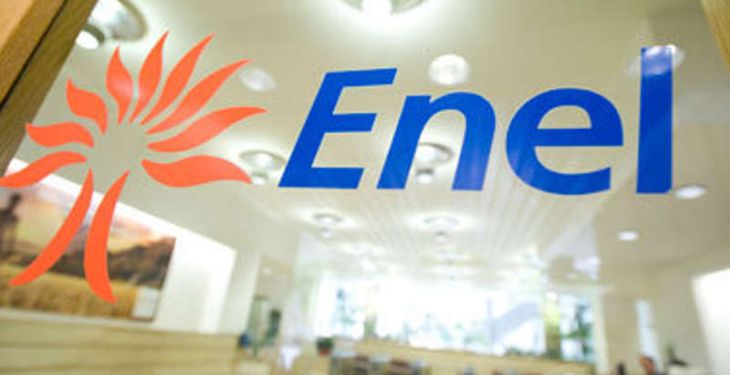Italian utility Enel plans to expand its green energy capacity in the next few years by entering two or three markets in Asia and Africa but is not planning major acquisitions, its renewable energy chief said on Thursday. Enel, which controls Spain’s Endesa, became Europe’s biggest utility by market value when it bought out its renewable energy division last year. The state-controlled company is now focusing on power grids and green businesses.
“(We) will pursue growth in areas where we’re already present and open up a few new markets like Vietnam and Senegal,” Antonio Cammisecra, head of global renewable energies at Enel Green Power (EGP), told Reuters.The company sees South East Asia as a key growth area though China is off the agenda for the time being, he said. “We are, however, monitoring it constantly since it’s too big to ignore,” said Cammisecra, who took the helm at EGP earlier this year.
He said the green division wanted to expand in some of its more attractive markets such as Australia, Zambia and India, where it could act as a bridgehead for Enel to build power networks and sell electricity to retail customers. “We’re looking at these countries holistically. EGP goes in and builds green plants. Then the group sees if there’s room to go downstream in areas like distribution and retail,” he said.
EGP, one of the world’s biggest renewable energy companies, is in 29 countries. It plans to spend about 8 billion euros ($9 billion) by 2019 to increase its installed capacity to almost 46 gigawatts from 37 gigawatts.
U.S. still attractive
Cammisecra said in the next year or so the company would see significant growth in the United States and Mexico thanks to its “build, sell, operate” strategy of constructing plants, selling them and then managing them for a fee. The United States remained a very big renewable energy market despite President Donald Trump’s decision to leave the Paris Climate deal, he said, adding that increasing demand from commercial and industrial (C&I) users would drive growth.
“Our plans and investments in the U.S. remain unchanged,” he said.
EGP is increasingly selling power directly to end users rather than utilities and over the next three years will sell half its output to C&I clients, Cammisecra said. There has been growing concern that margins for renewable energy companies could suffer as utilities vie to lock in low prices through power purchase agreements. Cammisecra said while major, transformative acquisitions were off the agenda for EGP, it was ready to pursue smaller deals to help boost growth.
“In Spain, greenfield operations are our preferred route but we will also consider acquisitions,” he said. Cammisecra declined to comment when asked if EGP was interested in Spanish green energy company Renovalia, which investment fund Cerberus bought in 2015 for 1 billion euros and is said to be up for sale. He said EGP, through its solar joint venture with Italian infrastructure fund F2i, would look at the Italian photovoltaic assets of Terra Firma when they come to market. “We are interested and will have a look but the process hasn’t started yet,” he said. Terra Firma has hired UniCredit, JPMorgan and Jefferies to sell its RTR portfolio of solar power plants in Italy, many in the south. A banker with knowledge of the matter said it could be worth around 1.5 billion euros.
The move by some major oil companies to diversify their businesses by moving into the renewable energy sector has concerned some industry watchers who are worried the existing green energy players could suffer.
But Cammisecra brushed aside the concerns arguing that renewable energy companies with strong track records, low costs and effective strategies would win.
“Oil and gas players hardly have the cheapest costs of capital. I don’t think it’s a major threat,” he said.
